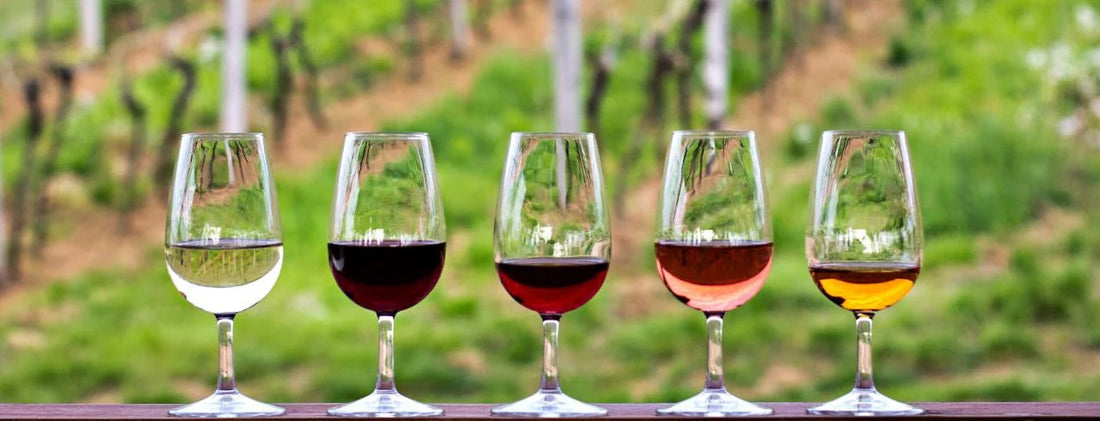
The Science of Wine Glass Shapes: How They Affect Flavor 🍷🔬
Share
When it comes to enjoying wine 🍇🍷, the glass you choose can significantly influence your tasting experience 👃🍇. The shape of a wine glass is not just a matter of aesthetics ✨; it plays a crucial role in how the wine's aromas and flavors are perceived 👅👃. In this post, we will explore the science 🔬 behind wine glass shapes and how they affect the overall flavor profile of the wine 🥂.
Understanding Wine Aroma and Flavor 👃🍇✅
Before diving into the specifics of glass shapes, it's essential to understand the relationship between aroma and flavor. Approximately 80% of what we perceive as flavor comes from our sense of smell 👃🧠. Therefore, the design of a wine glass can enhance or hinder the release of aromas 🌸, ultimately affecting the tasting experience 🍷👍.
Key Factors Influencing Flavor Perception 🔑🍷
1. Glass Shape 🍷
The shape of a wine glass influences how aromas are concentrated and directed towards the nose 👃⬆️. Here are some common shapes and their effects:
-
Bowl Shape 🍶: A wider bowl allows for more surface area, promoting the evaporation of volatile compounds that contribute to aroma 🌬️🌺. This is particularly beneficial for full-bodied red wines ❤️🍷, as it enhances their rich scents.
-
Narrow Opening 🚪: Glasses with a narrower opening, such as those used for white wines ⚪🍷, help to concentrate the aromas 🌸, allowing for a more focused sniff 👃🎯. This shape is ideal for lighter wines, as it preserves their delicate fragrances 💐.
2. Rim Diameter 🔄
The diameter of the rim can also affect how wine flows into the mouth 💧👄 and how aromas are experienced 🌸👃:
-
Wider Rim ↔️: A glass with a wider rim allows for a more significant flow of wine 🍷➡️, which can enhance the perception of bold flavors 💥. This is often preferred for robust red wines 🍷🔥.
-
Narrow Rim ↕️: A narrower rim can help control the flow of wine 💧🛑, making it easier to sip 🥂 and allowing for a more gradual release of flavors 🌬️🍇. This is beneficial for lighter wines, as it helps maintain their subtlety 🌿.
3. Glass Height 📏
The height of the glass can influence the distance between the wine and the nose 👃➡️🍷:
-
Tall Glasses 🏢: Taller glasses can create a greater distance between the wine and the nose, which may dilute the aroma experience 🌫️. However, they can also enhance the perception of certain flavors by allowing the wine to aerate more 🌬️🍷.
-
Shorter Glasses 🏠: Shorter glasses bring the wine closer to the nose, intensifying the aromatic experience 🌸🔥. This is particularly advantageous for wines with complex bouquets 🌷🍷.
Conclusion 🎉🍷
Conclusion 🎉🍷
The science of wine glass shapes reveals that the right glass can significantly enhance your wine tasting experience 🍇👅. By understanding how different shapes affect aroma and flavor perception 👃👅, you can make informed choices that elevate your enjoyment of wine 🍷🥂. Whether you're sipping a bold red or a crisp white, selecting the appropriate glass can make all the difference in savoring the complexities of your favorite varietals 🌟🍷. With SmartServe, discover the perfect glass to match your wine and enhance every sip. Cheers! 🥳🍷
